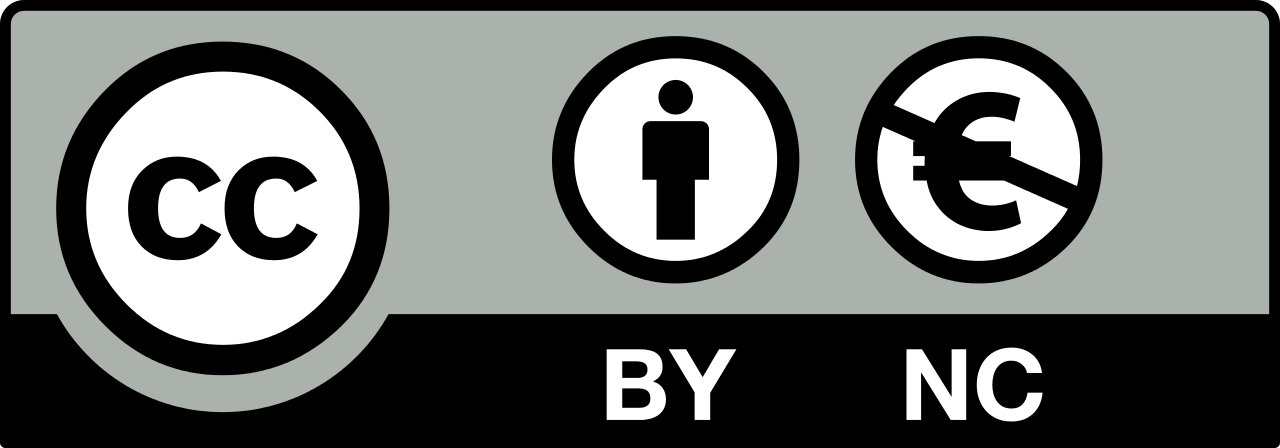About
Hi, I am Kris. I come from Riga, Latvia, but for the last 4 years I am living in Berlin, Germany. Here is a background story of mine, I keep rewriting it for every other context. It could happen that this one is the most extensive so far. I decided to write this in a rather prosaic way as there are other contexts for summaries and CV’s.
Below you can see an image uf myself. I like the image because it shows me in the middle of process of working on a motion tracking project.

I was planning to study architecture, but started to study painting instead. In parallel to my painting studies I was doing graphics, web sites and VJing to cover expenses. Later I went to Media Lab Helsinki to join the New Media Design and Production master’s programme. I graduated in November 2016 with my master’s thesis about building an open source projection mapping tool–ofxPiMapper. You can read the thesis here and learn more about ofxPiMapper here.
First Steps Into the Digital
I have been working with digital media since 1999 when the Macromedia Flash version 4 was released. I mention this as I think Flash was a visionary tool that transformed the way people looked at the web at the time. Interactive animated interfaces that looked like in the movies, it seemed that there are no limits. Then Web 2.0, Google and SEO took over, suddenly everybody wanted their sites to be crawlable and listed as first on the Google megasite. The artistic futurism of the website had to dissapear from the main stage, semantically correct HTML appeared under the spotlight. And then Steve from Apple declared that they are not going to support Flash sites on the iPhone. Flash was basically dead.
Flash as a tool challenged to become a professional in many areas at once. You would draw, animate, design sound and interaction with the help of a single computer program. You would ask the education system, why things are so separated? I spent a lot of time designing in Flash, starting from simple animations, to advanced fullscreen websites with generative graphics. The object oriented design of the ActionScript 3.0 language is something I fail to see in any of the nowadays available creative coding frameworks or game engines.
In terms of web design and interfaces I have seen the shift from HTML table layouts to CSS and mobile-first responsive design. The rise and fall of the all-mighty CMS, like WordPress, to security and simplicity-driven static website generators like Jerkyll and Hugo. The ongoing battle of JavaScript driven web application frameworks as React and Angular, emergence of new standards and programming languages like GoLang and Rust out of the need to make the source code of web applications and browsers human-maintainable and safe against hacker attacks. Package managers and task runners designed specifically to accelerate the development of complex websites and the following intention to keep things simple, lightweight and thus rather low level.
Fab Labs and Makerspaces
The first Fab Lab I visited was the Aalto Fab Lab in Helsinki. I got interested and even wanted to build a fab lab in my home city Riga. Soon I realized how time consuming it might be and decided to postpone. I did an internship at the Fab Lab Berlin as a part of my studies. There I built a working prototype of a resource management system for Fab Labs and makerspaces with the name EasyLab. Then, I was invited to teach the Digital Fabrication Studio course at the Aalto Fab Lab again. Later and until now I focused my efforts towards interactive projects involving creative coding, digital fabrication and projection mapping.
I got interested into Fab Labs because I saw a way of using my digital skills to achieve physical results. A drawing that can be cut and engraved with a CNC mill or lasercutter, a 3D model that can be 3D printed, code and logic that can be implemented with simplified, low level electronic circuitry. On top of that I saw the possibility to learn more about how things work with each next project I would make.
However, I like the authorityless paradigm of hackerspaces and do-it-yourself-ishness of makerspaces. One of my favorite spaces I have been so far is the Hackspace London. It is not just the quality of the place, but how it connects with one who has been reading and watching science fiction too. The space and the concept around would accept not just humans, but also anyone from and outside the galaxy. I think that the intergalactic libertarianism is able to save us.
Fab Academy
I still keep developing ofxPiMapper–open source projection mapping tool that runs on the Raspberry Pi minicomputer. I am running workshops where I teach advanced ways of using it. My Fab Academy final project is supposed to be based on this software. I decided to join Fab Academy in Barcelona to get a complete overview of the original concept, make something useful, join the network and eventually start to build my own lab some time in the near future.
I believe this experience will reveal something interesting to me.
